Leadership communications in our new normal
As 2021 begins, people are starting to float back into the office. Most businesses are adopting a hybrid approach, with people working from home and in the office. Let’s be honest as the manager you still never really know where everyone is on any given day.
In 2020, as a manager, you worked hard to share information rapidly during a pandemic and tried to stay engaged with your team when they were working from home. You tried to connect online and keep motivation high. It doesn’t stop because it’s a new year or because people are now coming back to the office.
As a leader, your number one job is communication. You have probably learnt this over the last 12 months more than any time in your career. Your staff want to know everything.
- Can I come into the office today?
- Should I come into the office?
- Do I have to come into the office?
- What are our priorities now?
- Can I travel for work?
People can be so demanding (also human nature!).
Here is what you need to remember over the next few months as your patience and will to communicate wanes.
Listen
You need to take the time to listen to your staff. Really hear them. Don’t just go through the motions of having “catch-ups” with team members. The last 12 months has been a tough time for many people, and even the most together person might be covering how they are feeling. Not everyone got the break they wanted (or needed) over Christmas, and the COVID impact on our lives continues.
Remember to ask open questions: How has this week been? Why? What is on your mind this week? Is there anything you wanted to talk about today? During these conversations speak less than you listen.
Meet their needs
Remember communicating effectively is about them; it’s not about you.
Potentially, your staff will have a complex range of needs at the moment and a lot of questions. You may not be able to fulfil them all, but you can point them in the right direction or seek out the information they need.
Pre-empt the fact that you won’t know everything. Ask someone from HR or the COVID Taskforce to join your next team meeting to answer questions. Find resources on your intranet or external websites for your team and share them in an email. Ask your boss to join a virtual catch up to give a different perspective. It’s also ok to admit you don’t have all of the answers, but demonstrate that you are trying to find them.
Be open to a range of perspectives
Just because you just want to get on with the job and get back to normal doesn’t mean that everyone else is ready to. COVID is still here, even if we are less impact in Australia, especially Canberra. The anxiety some people are feeling is still real. While you may just want to get back to business as usual, others will still feel hesitant about coming to the office, be distracted by family or friends overseas or just worried about the state of the world. You are going to have to be patient and accepting. Most importantly, even if you disagree with the concerns of people in your team, don’t dismiss them.
Communicate relentlessly.
I know you are tired of it, but you need to keep doing it. Keep communicating. Do it more often than you think you need to. Share what you are thinking, what you are concerned about, new ideas. Use a range of mediums – video calls, face to face meetings, emails, chats.
But (warning!) find the right balance for your team. I have a friend whose boss shares every idea they have, changing course and priorities every few hours. It’s exhausting for her. So be considerate about your staff. Be clear about what you want them to think, do, feel. Be direct and specific about sharing an idea or feeling versus wanting people to take action. Don’t leave room for uncertainty and then be frustrated when you don’t get the outcome you want. Don’t just blurt things out, think before you speak.
Take time out
Here is the key! Being a team leader is exhausting. You need to look after you and maintain your sanity. If not, you can’t be a good boss. Take a walk at lunchtime. Block out “quiet time” in your diary and adhere to it. When you work from home, make it a “no team meeting day”. Do what you need to do to also get a break from the:
- Do you have a minute to talk? (never a minute)
- I’ve just got a quick question (never quick)
- Do you mind if I interrupt? (Almost always)
- Can we have a meeting? (Another one?)
Look after yourself!
Here is the problem. As the leader, you need to be sharing the right amount of information with your team. Don’t overwhelm them by telling them everything you know, but don’t leave gaping holes of silence. It’s an art, finding the right balance. This will be different for every team so you will need to try things and ask your staff how it is working for them. (PS – the most frustrating answer after you put in a whole lot of effort is “fine”). You need to keep your momentum from the last few months going. Good luck!
Need someone to talk to about how you are communicating with your team? Need a fresh perspective or a safe sounding board? I love coaching leaders in how to more effectively engage and communicate with their staff. Give me a call!

